One of the recurring dreams I've had this year is about unsolved problems. I've always loved these lists, the best known of which is perhaps the German David Hilbert's 1900 list of 23 unsolved problems in mathematics. There are several published versions of the list; take look at a later manuscript describing some of the problems.
A year or two ago, I read this meta-list in Wikipedia. Natch, I immediately wanted to create a list of unsolved problems in geoscience. It could help researches find big, interesting problems. It could help software developers focus their talents. It might just be a bit of fun. However, articles in Wikipedia need something to reference[citation needed], so even if I were capable of such a thing, one can't just sit down and hack one out.
But you can try. Earlier this year, I drafted a proto-list for geophysics, drawn mostly from chats with friends. Please feel free to vote on the list, or add problems of your own. It is, I admit, a bit biased towards problems in seismology in pursuit of hydrocarbons. The list should be much broader, but I'm not yet the polymath I strive to be and quickly get out of my depth!
Here are the top five (per today) from my Google Moderator list of unsolved problems in geophysics:
- How can we represent and quantify error and uncertainty from acquisition, through processing and interpretation, to analysis?
- What useful signal or information can we extract from what we usually call 'noise' (multiples, refractions, reverberations, etc)?
- How can we exploit the full spectrum in acquisition, processing, interpretation, and analysis?
- Is there a 'best practice' for tying wells; if so, what is it?
- What exactly is AVO-friendly processing?
What might a list of unsolved problems in geology look like? My likely-ignorant outlook suggests some:
- Is it possible to predict the location, severity, and/or timing of earthquakes?
- Do mantle plumes exist?
- How do magnetic reversals happen?
- Are mass extinctions cyclic?
- Do the earth's physico-chemical systems mostly drive, or mostly respond to, changes in climate?
- Does eustatic (global, synchronous, uniform) sea-level change happen, or does the ubiquity of local tectonism obviate the concept?
- What exactly was the sequence of events that resulted in the end-Permian extinction? The end-Cretaceous?
I am proposing a workshop on the topic of unsolved problems in exploration and development geophysics at SEG next year in San Antonio. Ideas welcome.



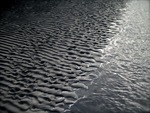
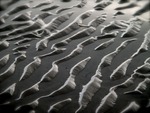
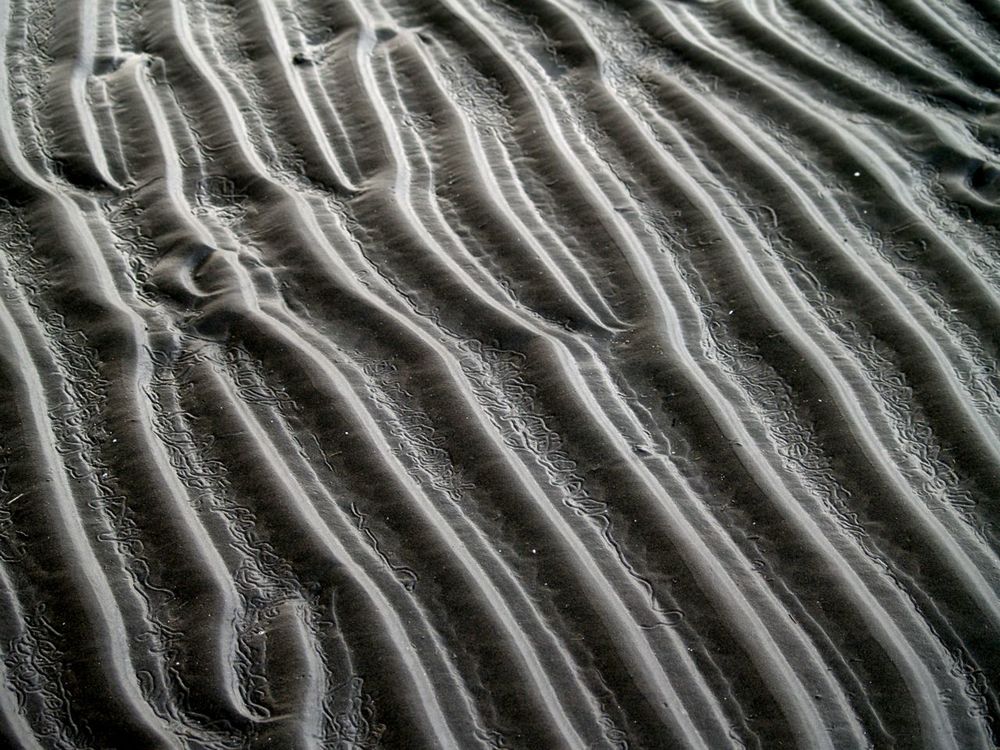
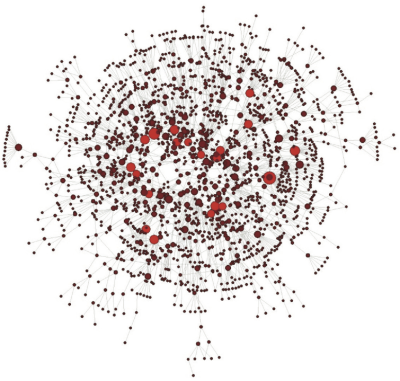




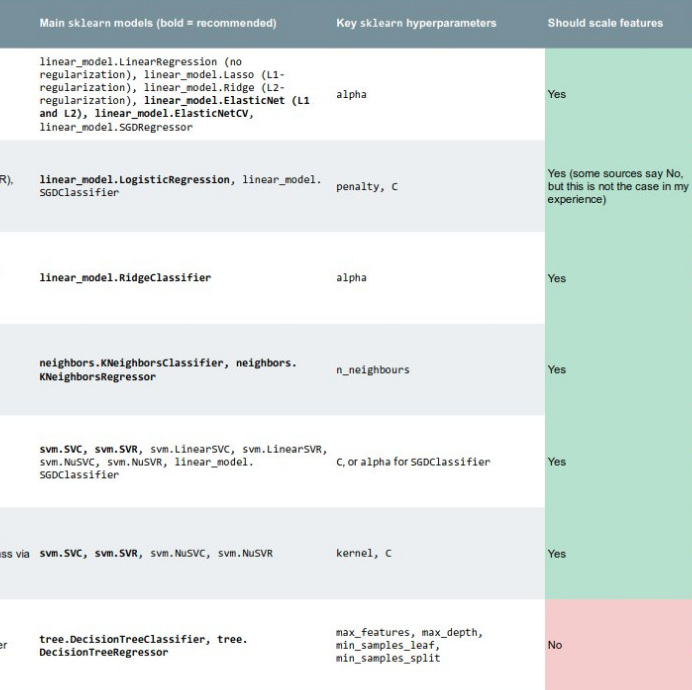

 Except where noted, this content is licensed
Except where noted, this content is licensed